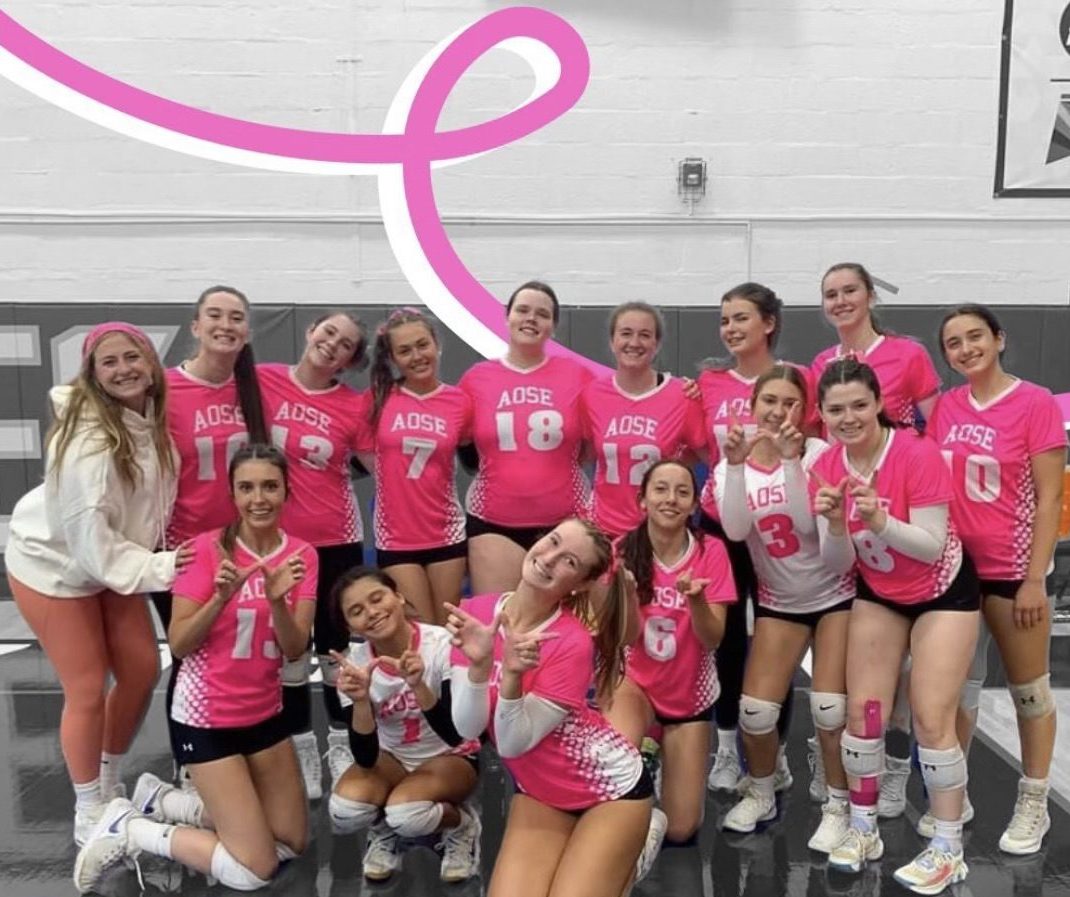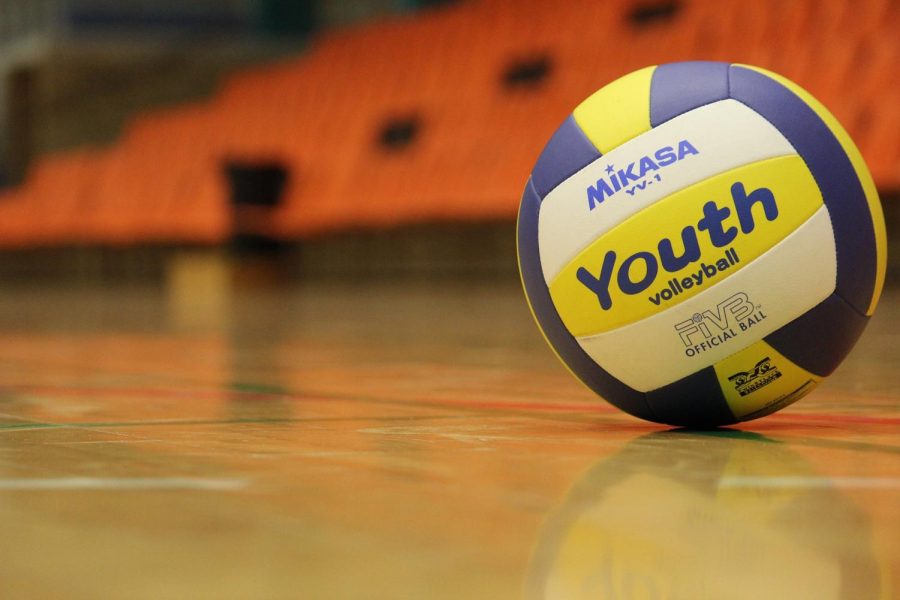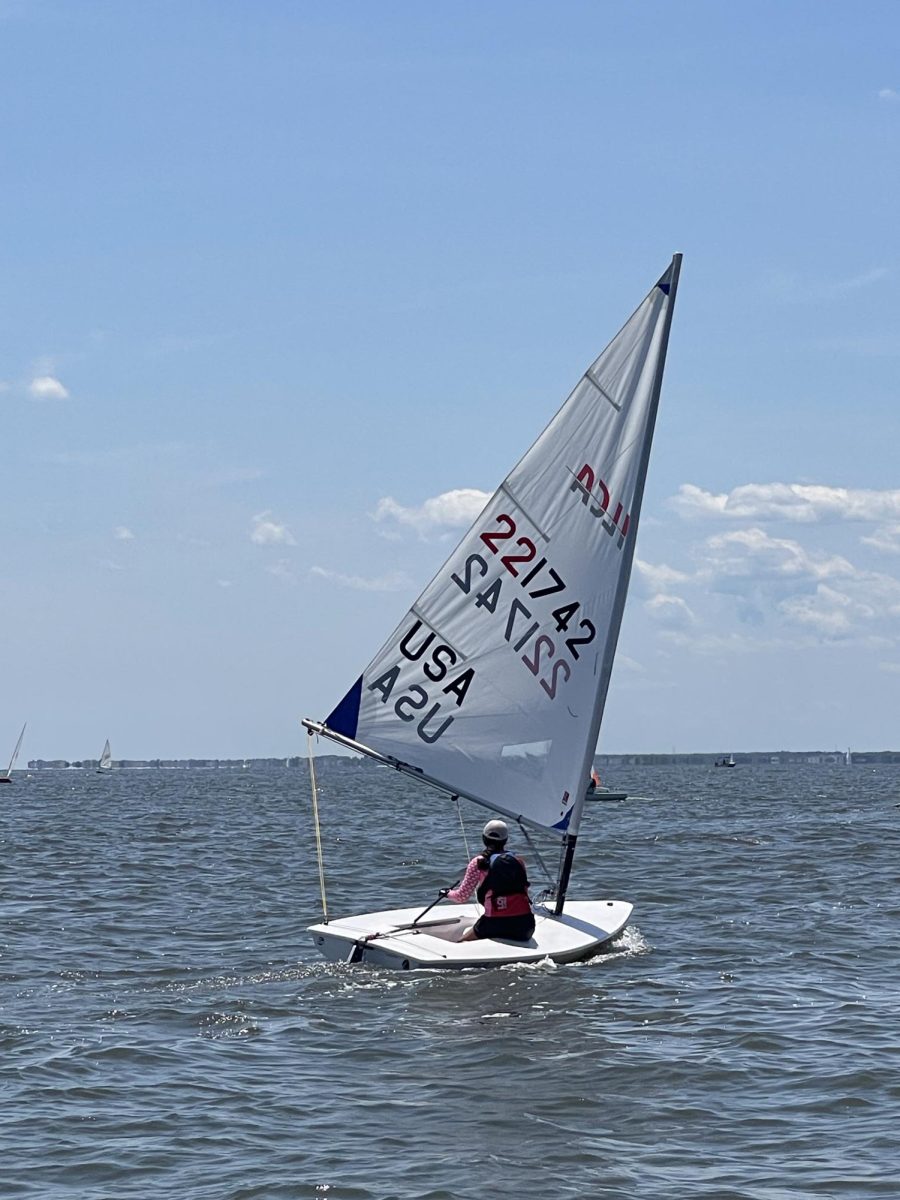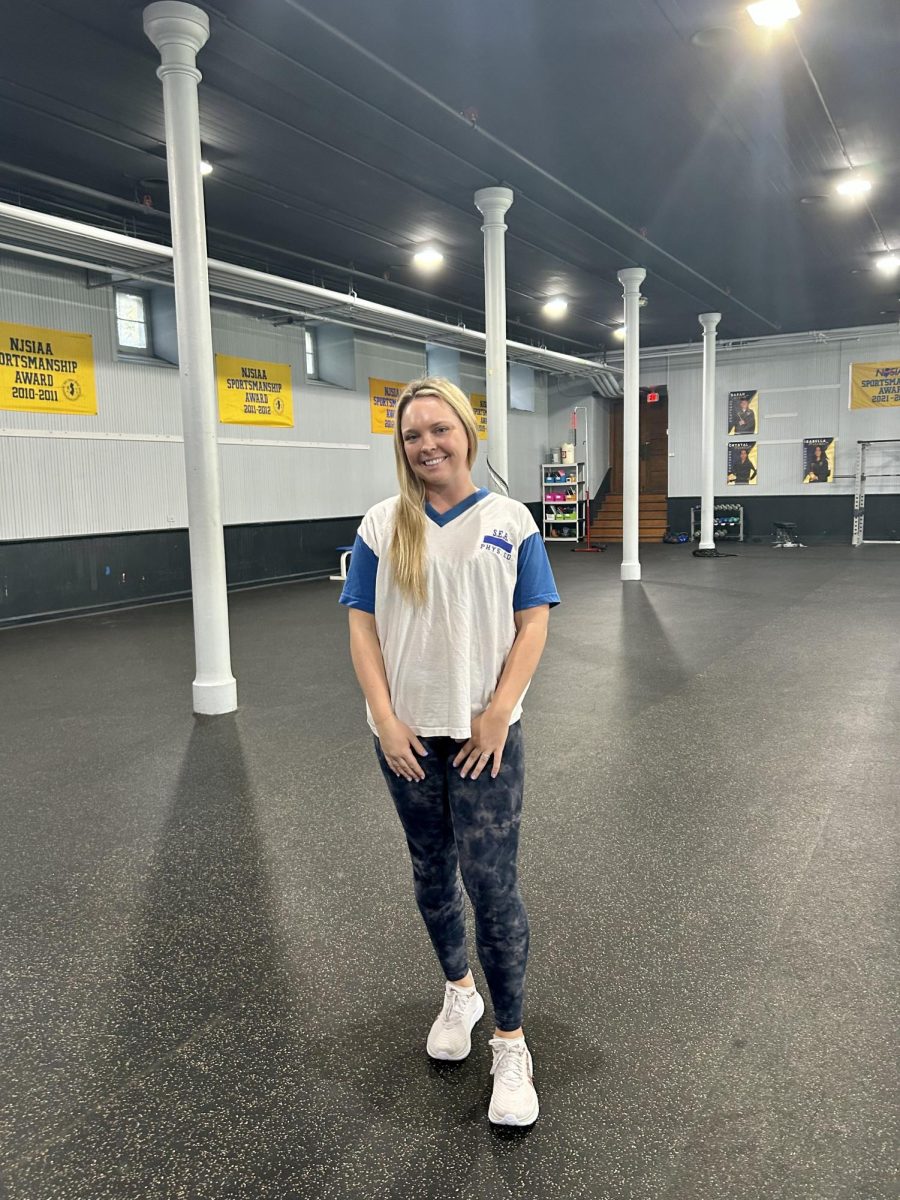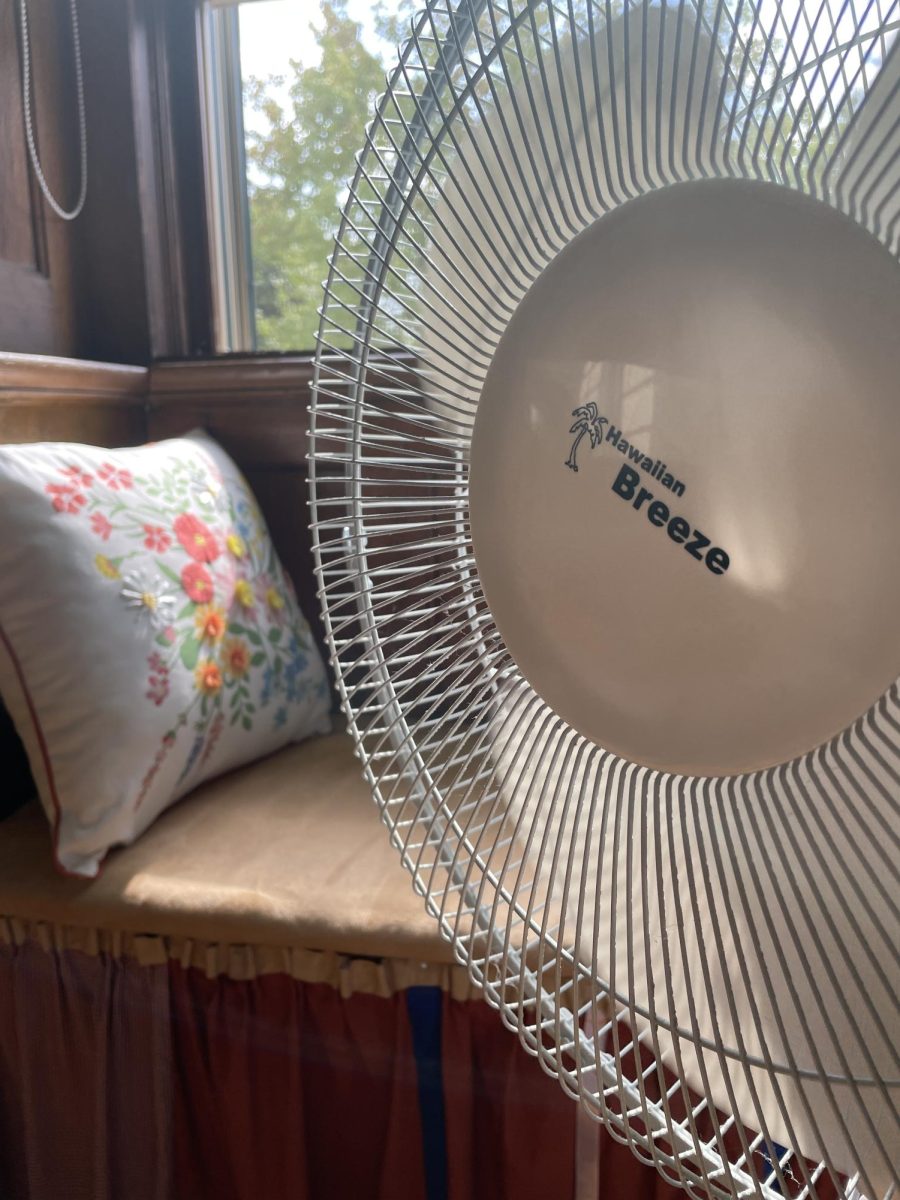It’s September and the first week of school. The temperature soars to 93 degrees Fahrenheit on Friday. That’s an 11.4-degree positive departure from usual. Just a week before, the low was 52 degrees.
What happened?
In short, the East Coast experienced a heat wave, which the National Weather Service defines as “a period of abnormally hot weather generally lasting more than two days.” New Jersey’s lasted around five. Adjusting for relative humidity (64% during the high of Friday the 8th), locals would have experienced a heat index of a whopping 110.5 degrees, as calculated by a conversion once again provided by the one and only NWS (for number-crunchers, they give the formula here).
To mitigate the high temperatures, the Academy had half-days Wednesday through Friday when the heat was most oppressive— a smart move to avoid heat illnesses. Oh, yes: heat illnesses. The NWS advises people to “stay cool, stay hydrated, stay informed!” Luckily, this article will aid in the last of those demands. Without further ado, here you can find a brief description of the three most common heat-related illnesses.
Heat cramps are the first sign of trouble. Often located around the abdomen and accompanied by heavy sweating, someone experiencing heat cramps should massage their spasming muscles and take intermittent sips of water.
Heat exhaustion may befall the average dehydrated Catholic schoolgirl as your body’s ability to maintain homeostasis is progressively challenged and compromised. Along with the symptoms of heat cramps, an affected individual might feel tired, have clammy skin, a weak pulse, nausea, headache, fainting, and more. It’s recommended to relocate to a cooler environment (from shade to an air-conditioned room), loosen clothing, and apply a cool wet cloth to the skin.
Finally— the acme of heat illness— heatstroke. The National Library of Medicine describes how its likelihood increases when internal body temperature reaches 105 degrees Fahrenheit. Such abnormal conditions constitute as a severe medical emergency, and the victim should receive medical aid immediately. As you await the ambulance, you must move quickly as before, except for fluid administration. Confusion, hot, red, dry, or damp skin, a rapid and strong pulse, and loss of consciousness are all symptoms of heatstroke. Counterintuitively, the victim should not be encouraged to drink water at this stage of their affliction.
You now have a rudimentary understanding of heat waves and their related illnesses. With this in mind, stay safe, hydrated, and hopeful for a crisp Autumn season!
















